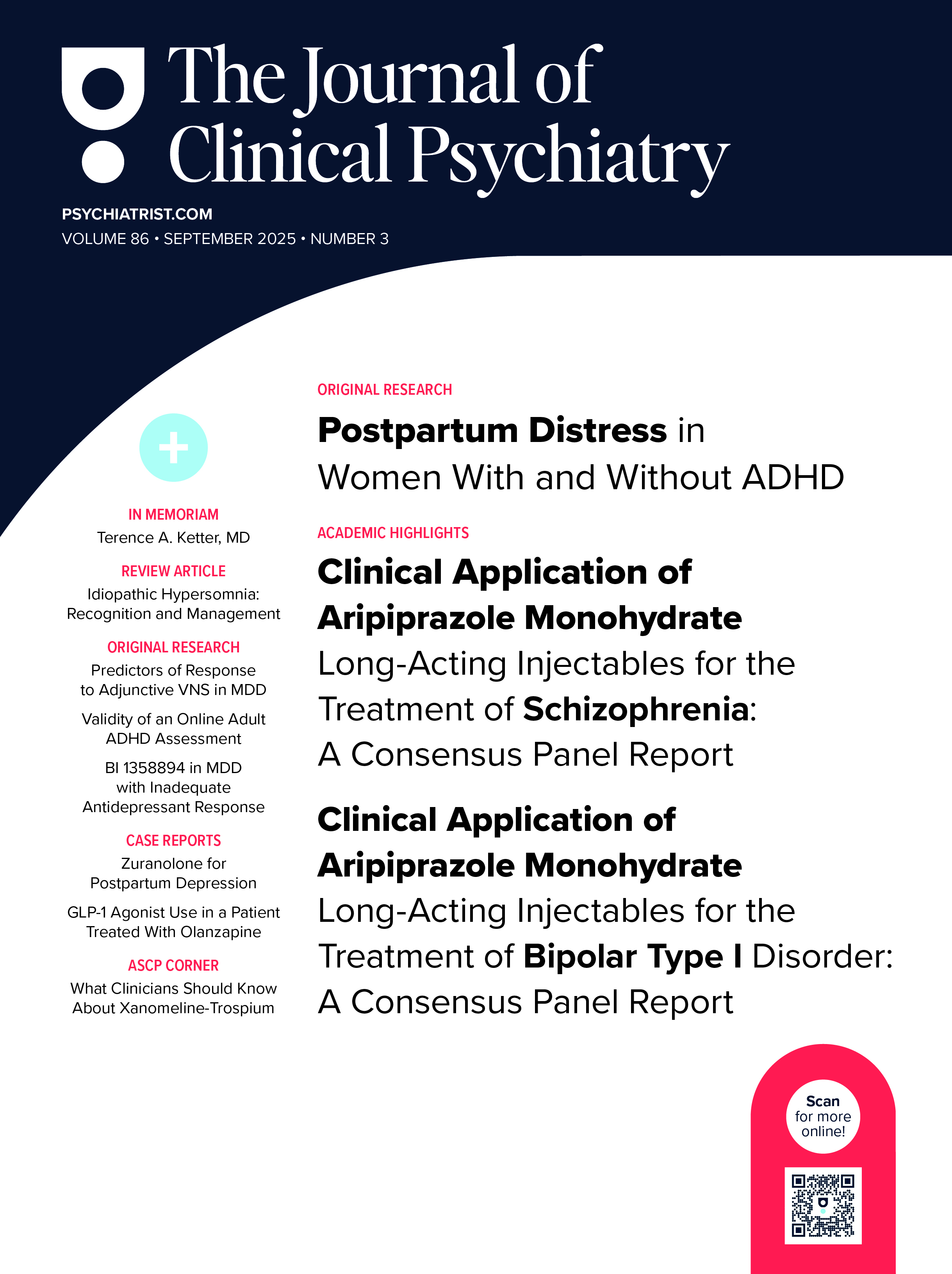Objective: To investigate autism spectrum disorder (ASD) symptoms in juvenile suspects of sex offenses.
Method: A group of 175 juvenile suspected sex offenders (all males, mean ± SD age = 14.9 ± 1.4 years) was compared with a matched healthy control group (N =500, mean ± SD age = 14.0 ± 1.4 years) and a group of children with DSM-IV-diagnosed ASD (N = 114, mean ± SD age = 14.2 ± 1.9 years) with respect to autistic symptoms as measured by means of a standardized questionnaire, the Children’s Social Behavior Questionnaire. Furthermore, specific subgroups of sexual offenders, i.e., child molesters, solo peer offenders, and group offenders, were compared with regard to levels of ASD symptoms. The study was conducted from May 2003 to December 2006.
Results: Significantly higher levels of ASD symptoms were found in juvenile sex offenders than in healthy controls, while levels were lower than in the ASD group (F =148.259, p <.05).
Conclusion: Levels of ASD symptoms are higher in juvenile suspects of sex offenses as compared to the healthy population, which argues for considering specific diagnostic assessment in this population, especially in solo offenders and child molesters.
Please sign in or purchase this PDF for $40.00.


